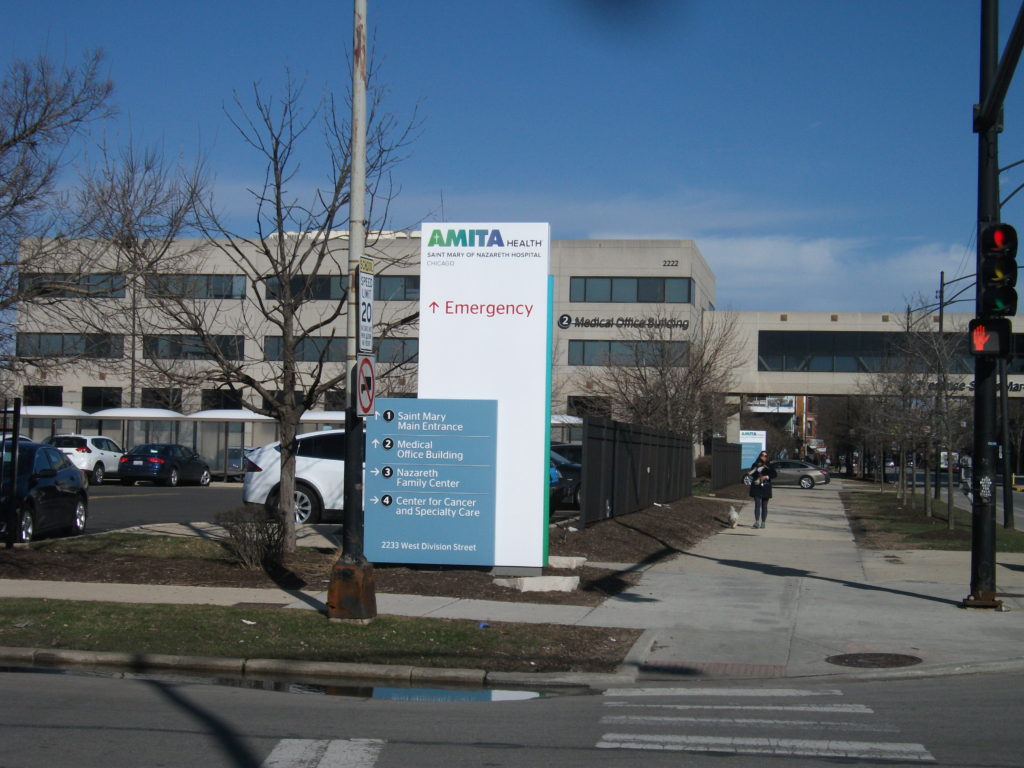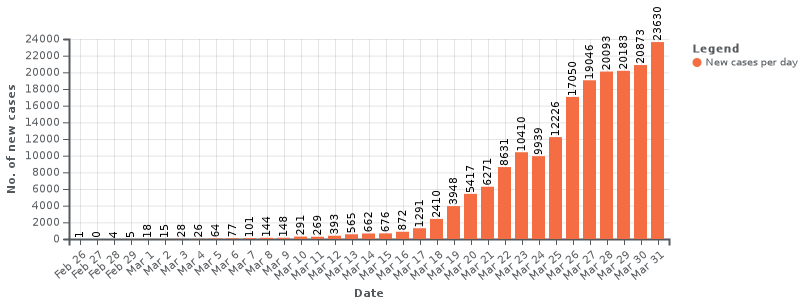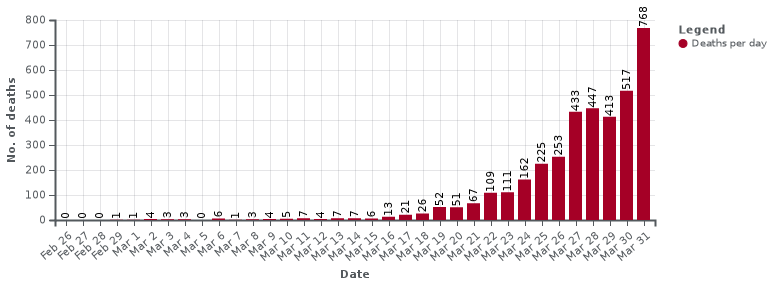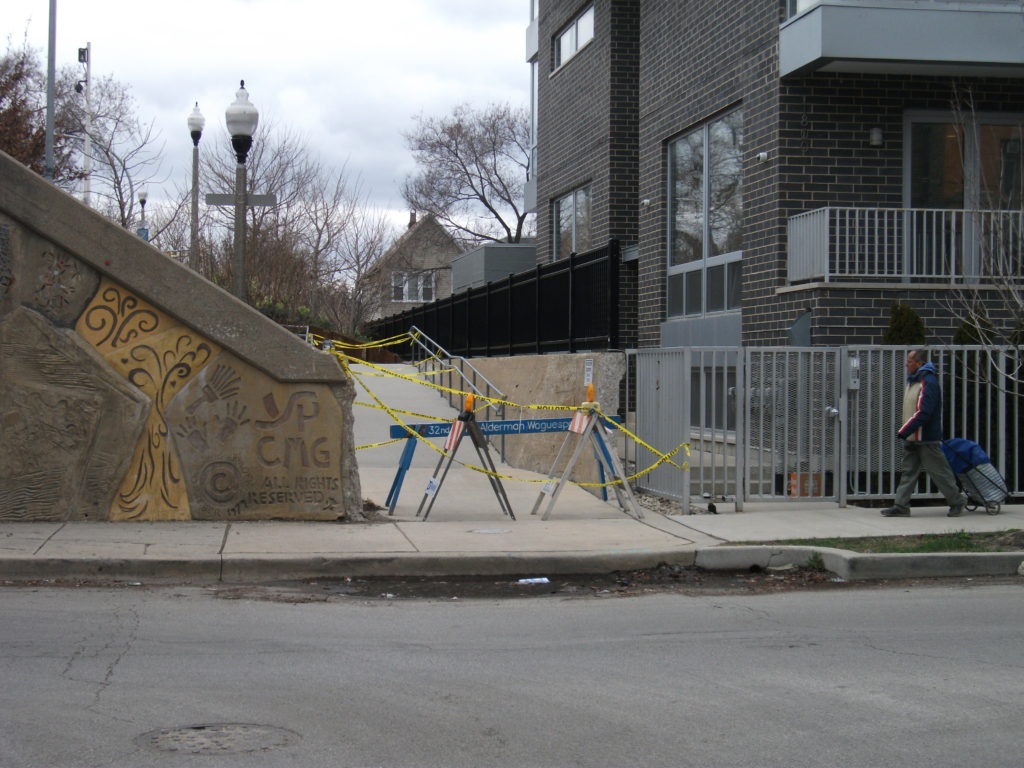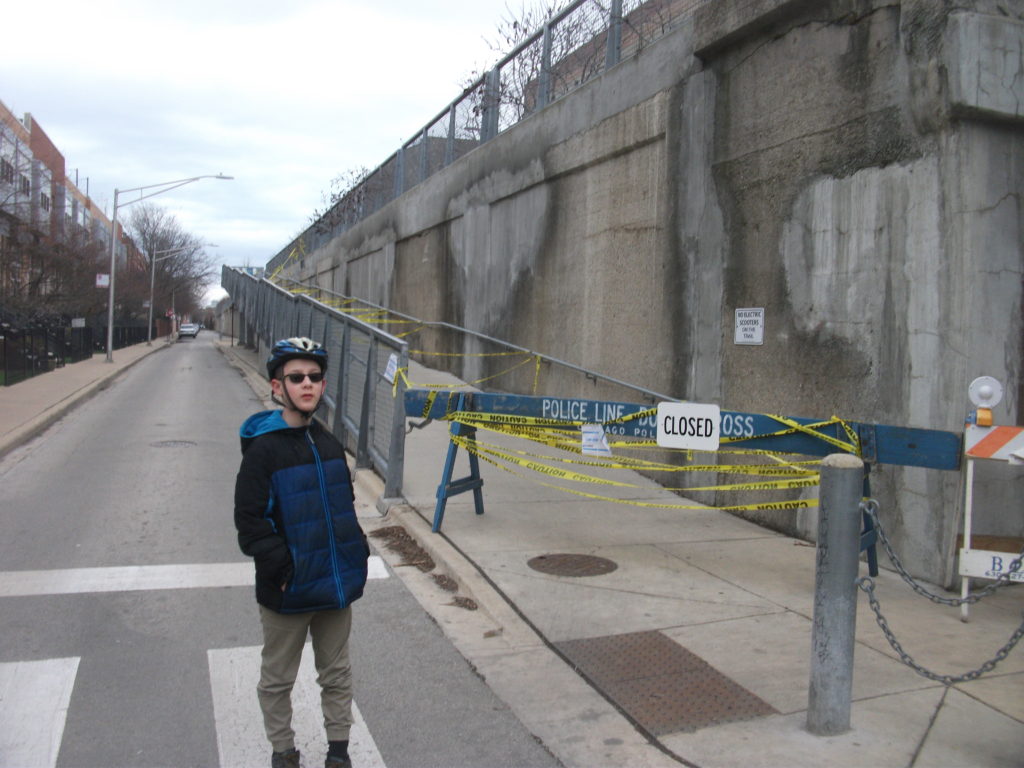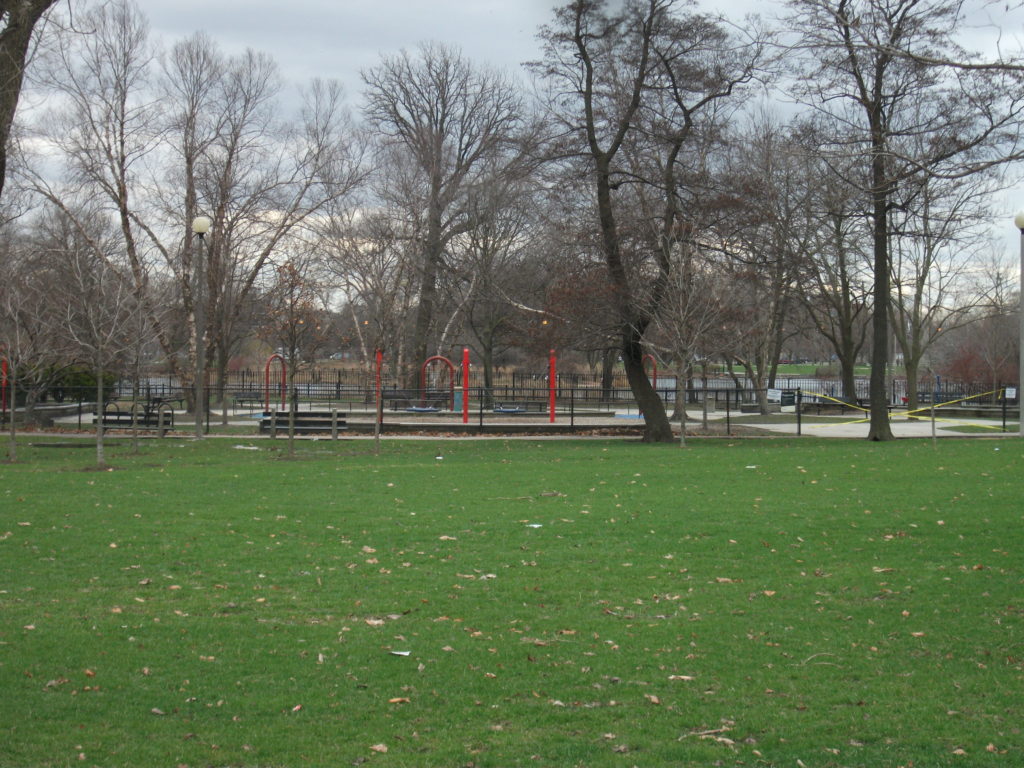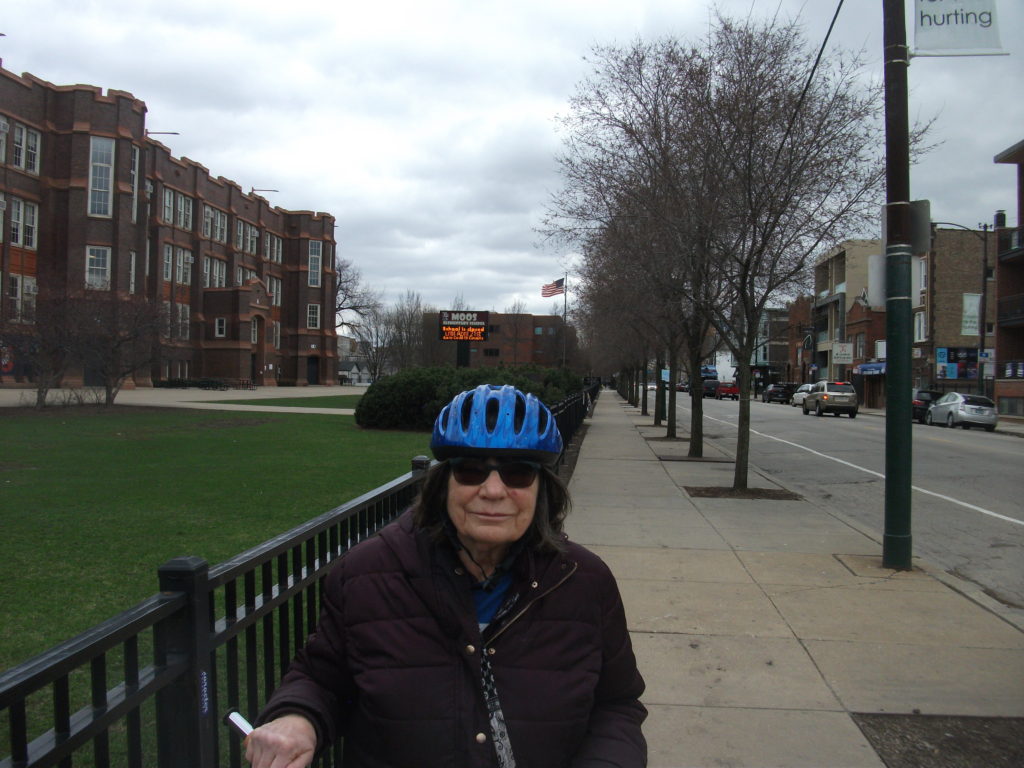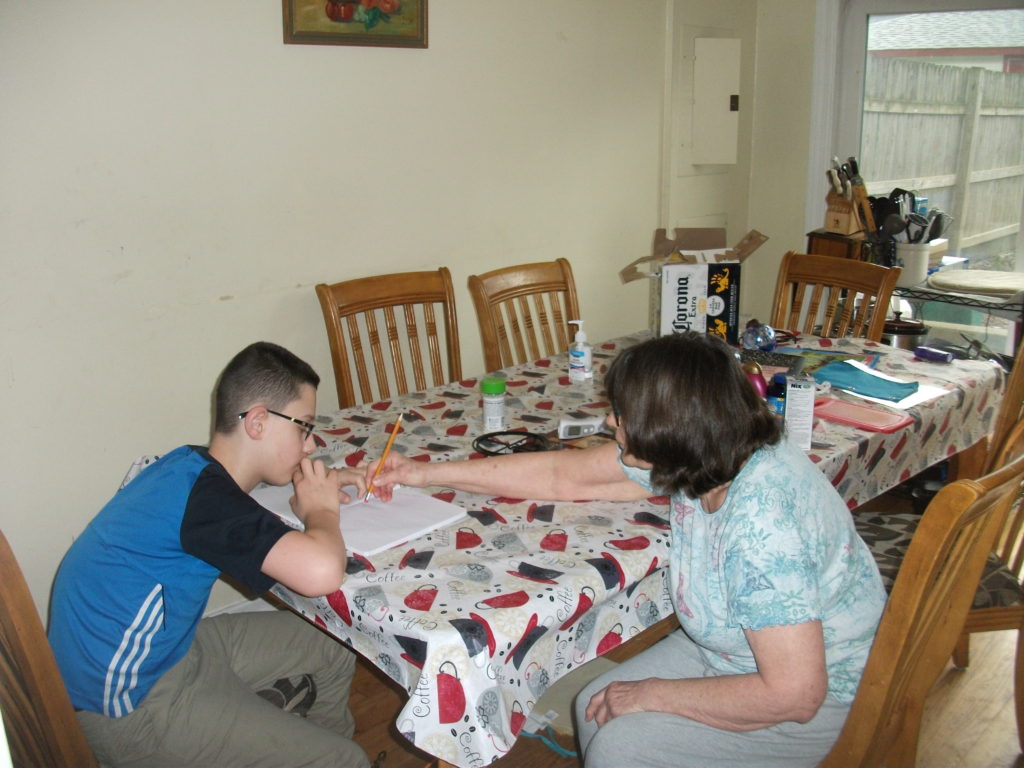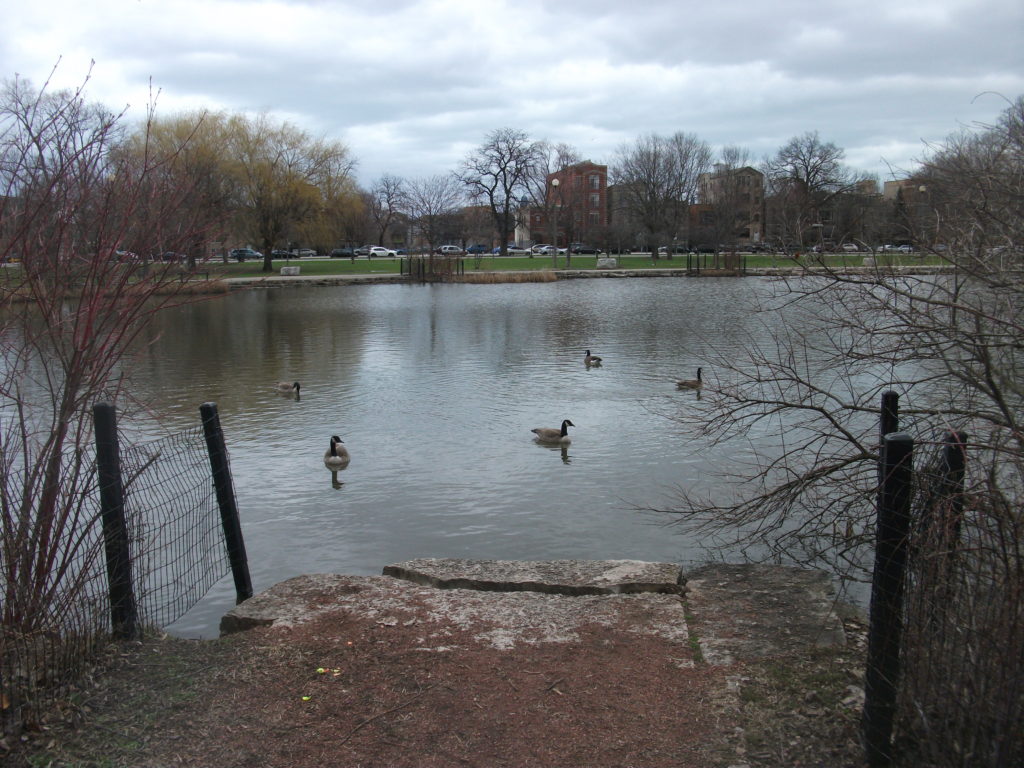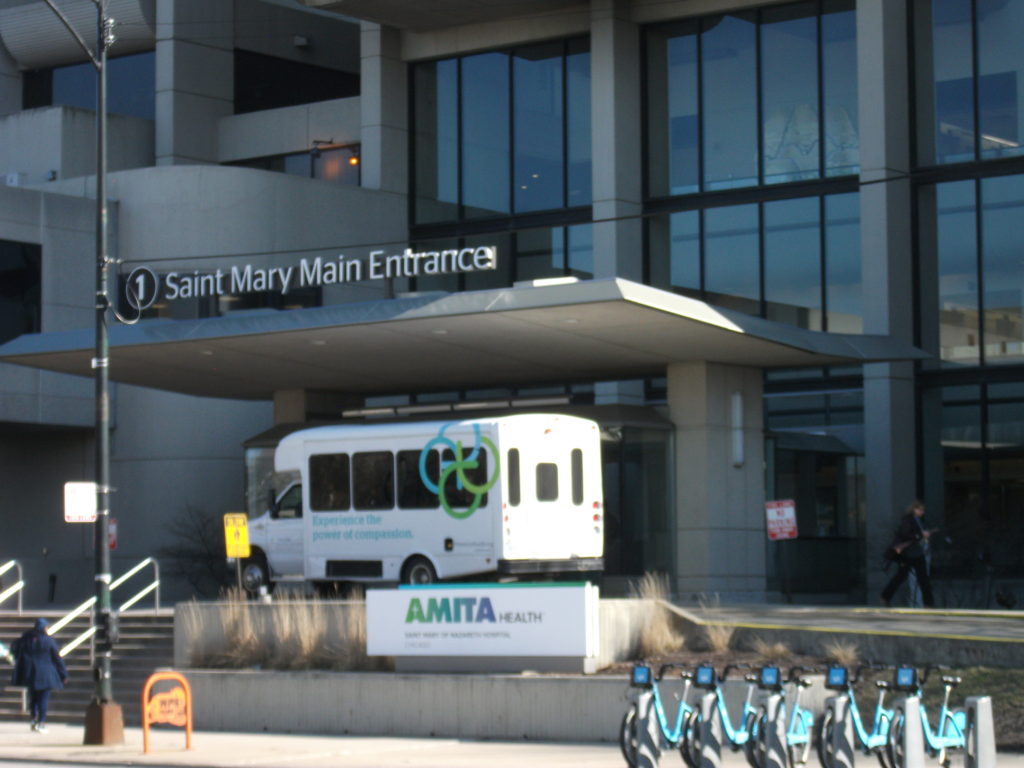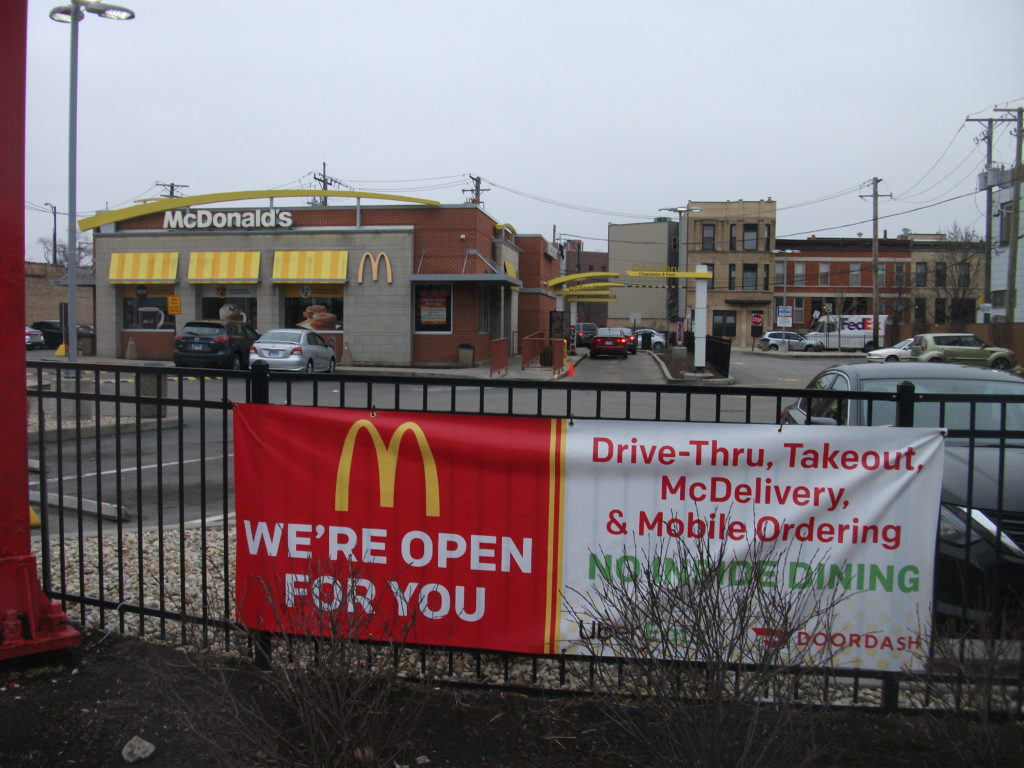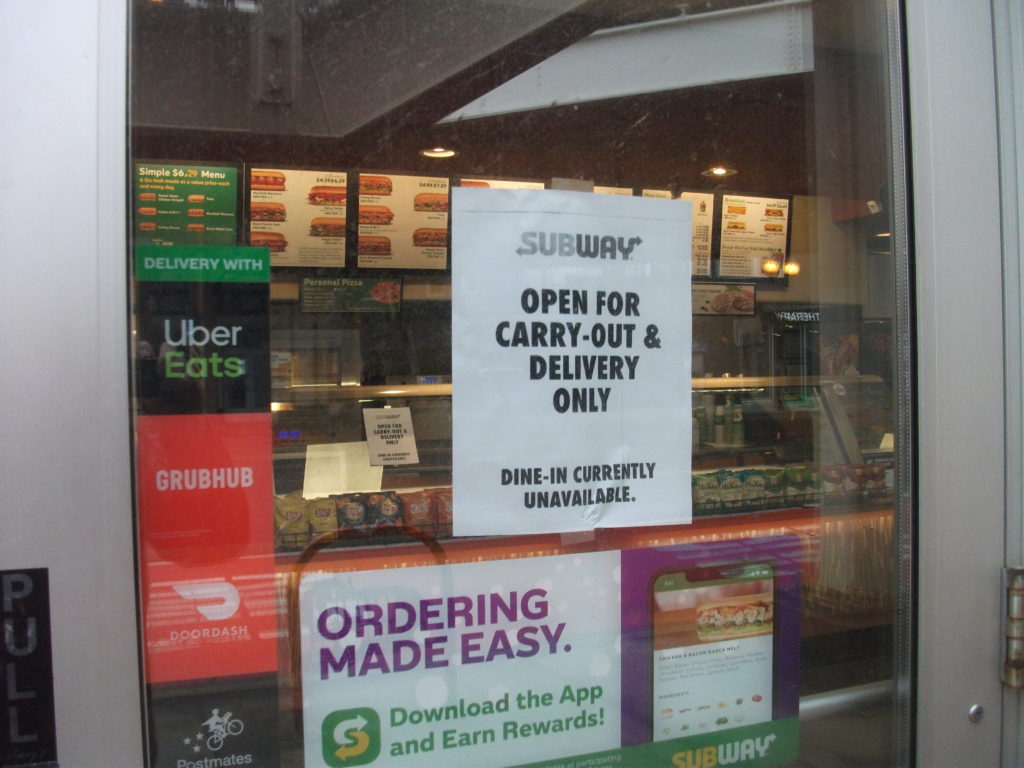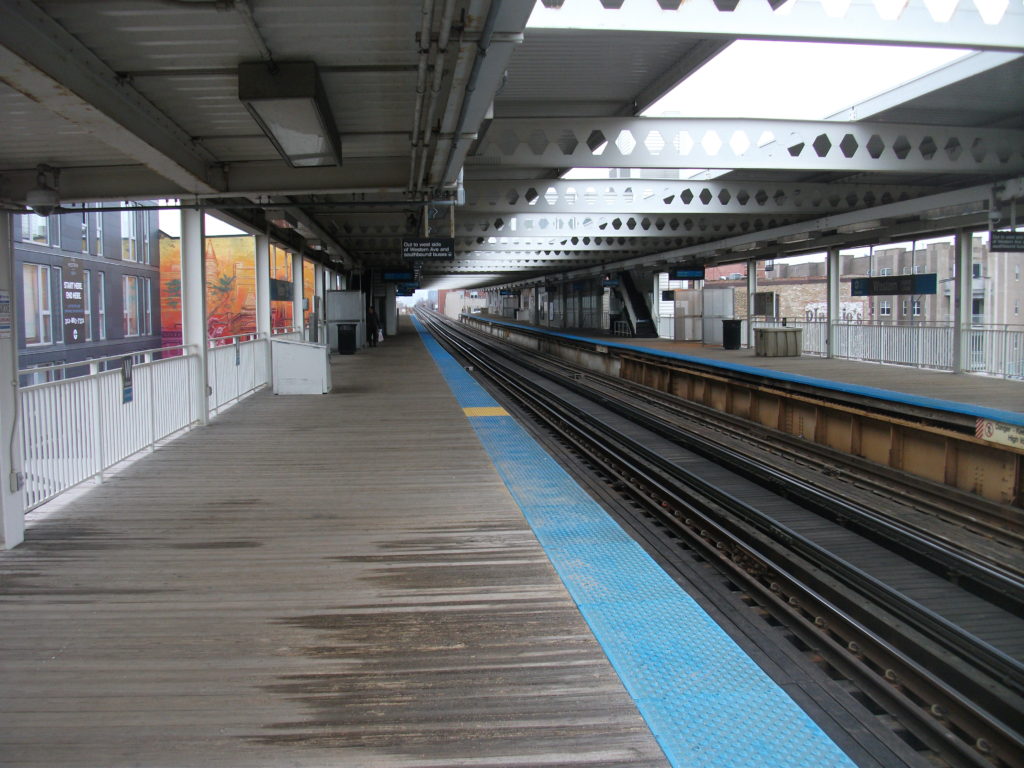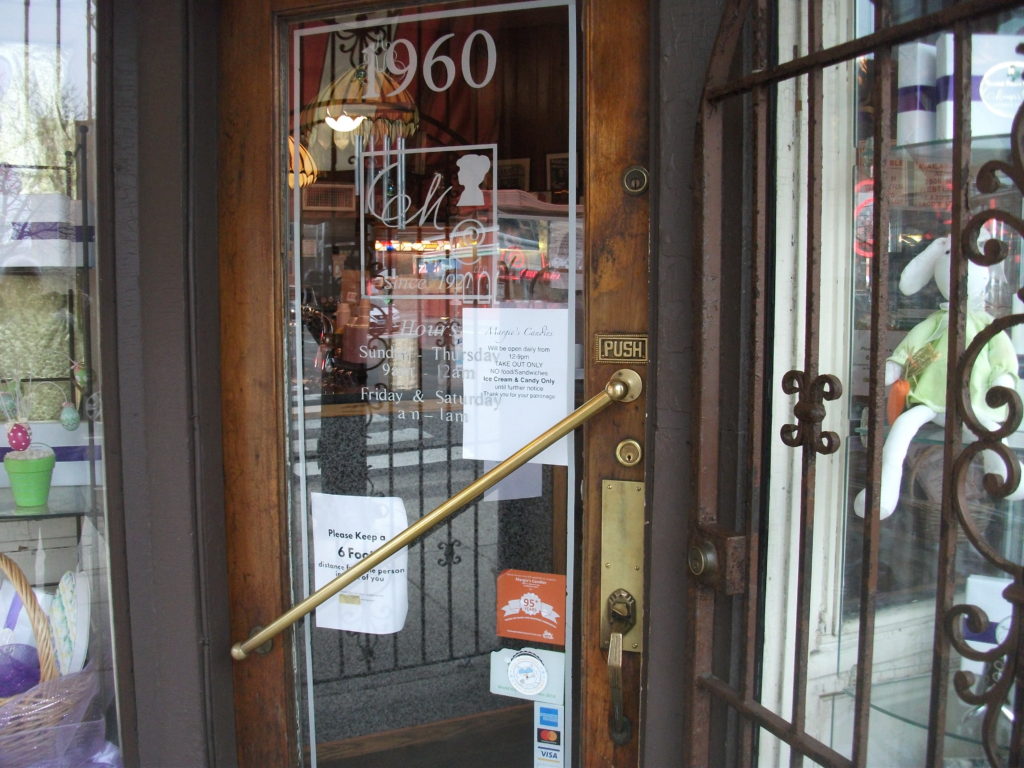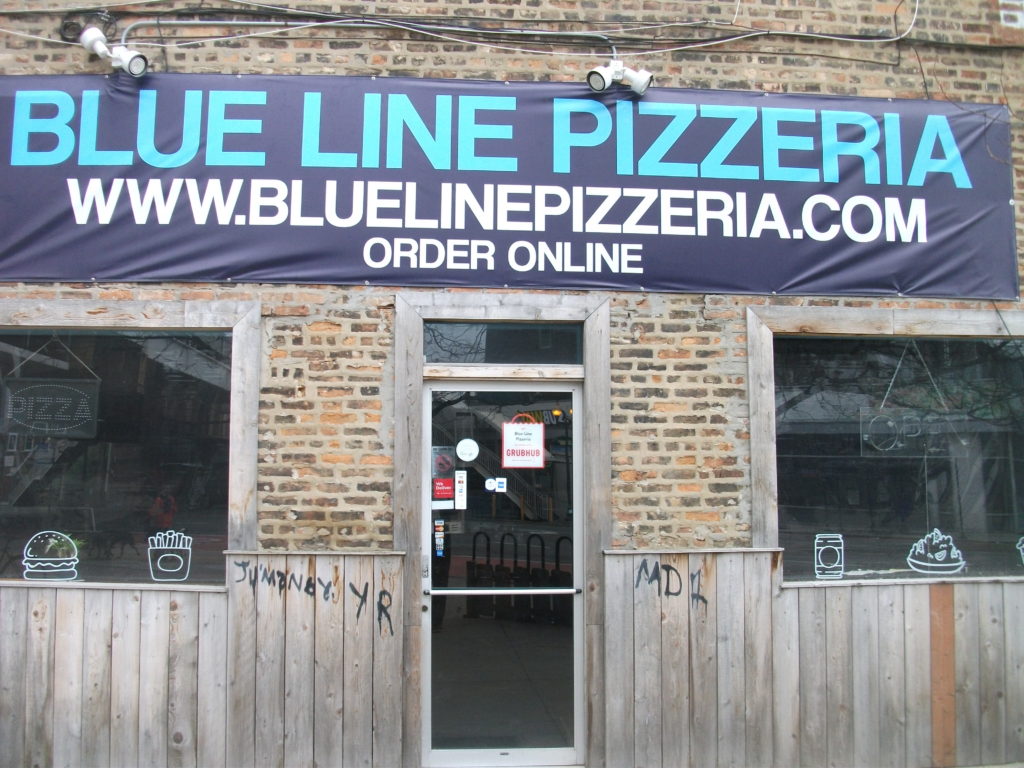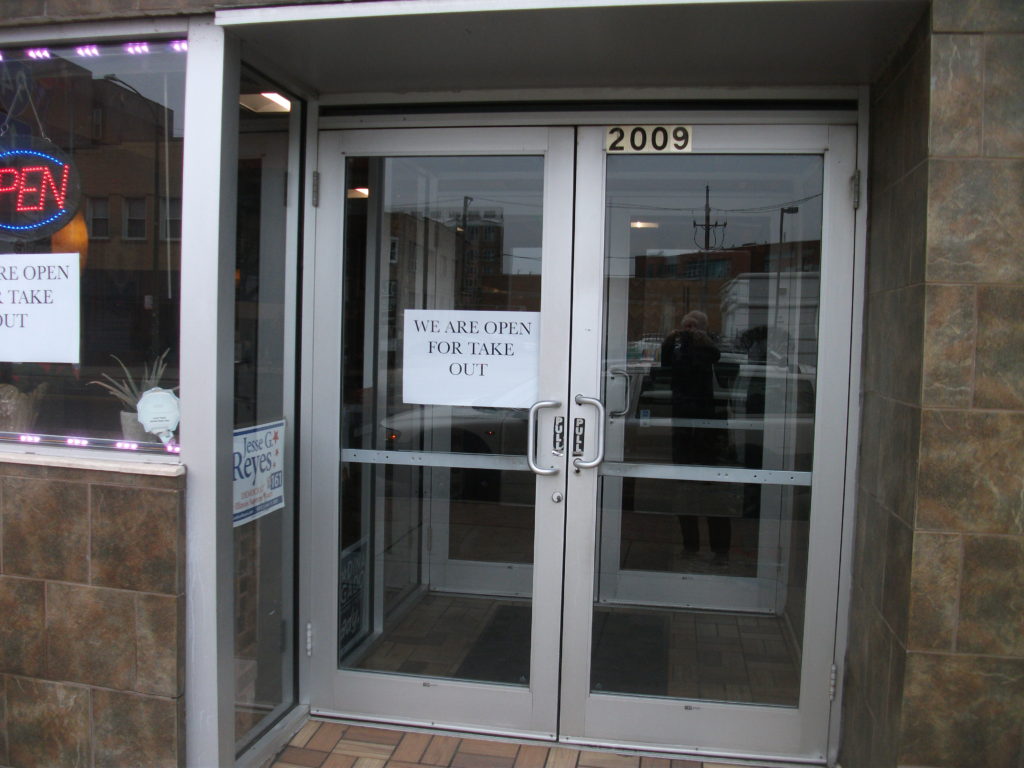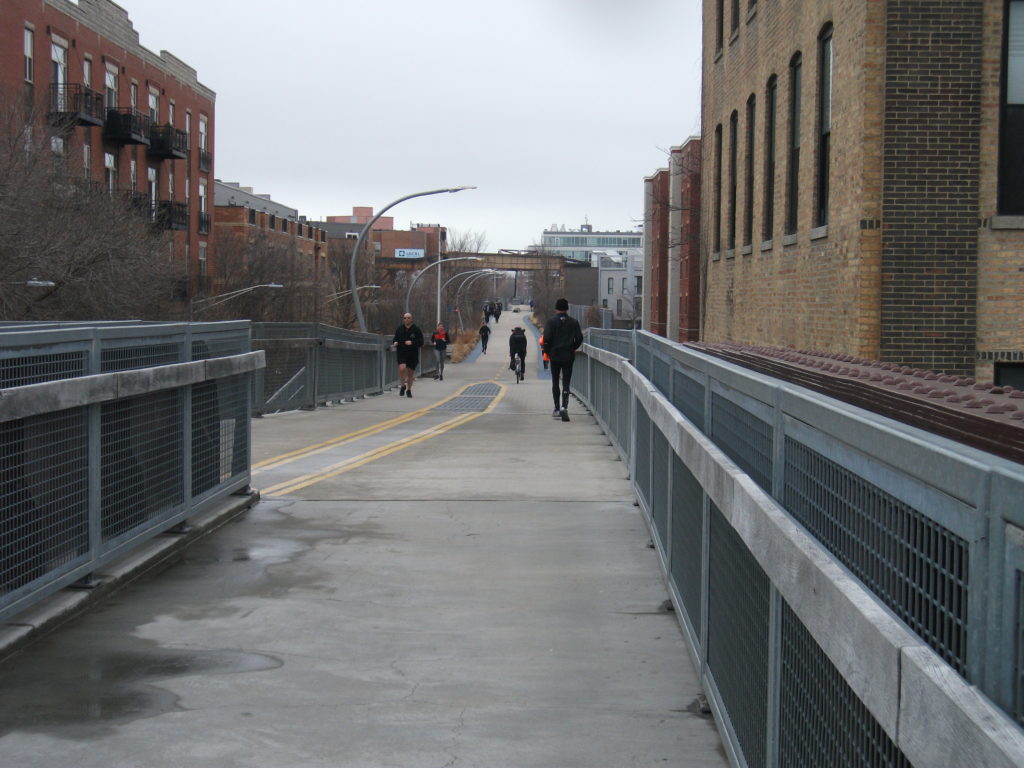Often in this blog, I employ my professional expertise in urban planning to illuminate issues for readers, as I have tried to do with aspects of the pandemic in recent weeks. But in this post, my aim is far simpler and more mundane. I will apply the most generic form of personal planning to an issue that perhaps is needling your thoughts in coronavirus-imposed isolation. Perhaps you are working from home if you are lucky. Perhaps you are retired but unaccustomed to having nowhere to go. Or perhaps you are struggling with sudden job loss or taking care of another family member. If I help anyone to sort through the opportunities and silver linings within the dark clouds, then I will have served a function. And there is nothing I love better in life than feeling useful. That is one reason this blog even exists. I could instead be standing on a bridge over a river, watching birds migrate. Oh, yes, forgot. I blogged about exactly that more than a month ago, before stay-at-home orders kept me in Chicago instead of Nebraska.
My days at home have been filled with two very different types of activities. One involves thinking big thoughts about the current crisis and its aftermath, while engaged in the planning and administrative activities associated with chairing the Hazard Mitigation and Disaster Recovery Planning Division of the American Planning Association. In sunnier days in the fall of 2017, I was elected chair-elect, a two-year voluntary position that leads automatically to becoming chair, which happened on January 1, 2020. I hardly envisioned the current circumstances. No one has such a crystal ball. Much time has been consumed with moving meetings online and thinking through the needed changes in programming.
Beyond that, I have other volunteer work with a regional authors group and our church. It is enough to fill many of my days. For the moment, I have abandoned the search for paid work. Consulting seems secondary, and no one is inviting speakers to conferences in the foreseeable future. I do, however, need to begin preparing to teach my fall semester online course at the University of Iowa. I can be a bit relaxed, if uneasy, about generating income because the pandemic allowed me to begin collecting a pension and Social Security. Yes, I know. Not everyone is so fortunate. There were times in my life when I felt more need to hustle. Now I have more time to think. There is no jet waiting to fly me to Texas, or Hawaii, or Sri Lanka. Flights are few and far between these days for all of us. Maybe we are all giving the earth a break, although it will not last.
In any case, each of us is unique, with our own skills, experience, and interests. I have a sister who sews. She is making masks that many of her neighbors in a small Pennsylvania town are happy to acquire, perhaps because they are less available at the nearest pharmacy. Others are rallying to support food distribution to the newly unemployed. Retired teachers have volunteered as online tutors, even if some have had to quickly master the technology. With no restaurants to visit, no sporting events to attend, many of us find more free time on our hands than we have known in a long time. The question is how we use it.
I started, however, by mentioning two categories of activities. The second one is my focus in this essay. When I was racing to the airport to catch that next flight, or catching a CTA train to the next meeting downtown, there were often nagging tasks that I habitually left undone. They involved cleaning up my office, or better organizing my computer files, or painting the walls, for crying out loud. Mowing the lawn got my attention, but cleaning out the garage sometimes had to wait too long. I wasn’t always or necessarily procrastinating; sometimes I just had too much on my plate and ran out of time.
But what happens when the time stretches and you have nowhere to go, even if you need to log in for a virtual meeting now and then? The only traffic jam is on the way down the stairs to the kitchen to get more coffee. Even my workouts, such as they are, take place at home rather than at the gym. Those nagging, neglected tasks have far more opportunity to stare at me all day long.
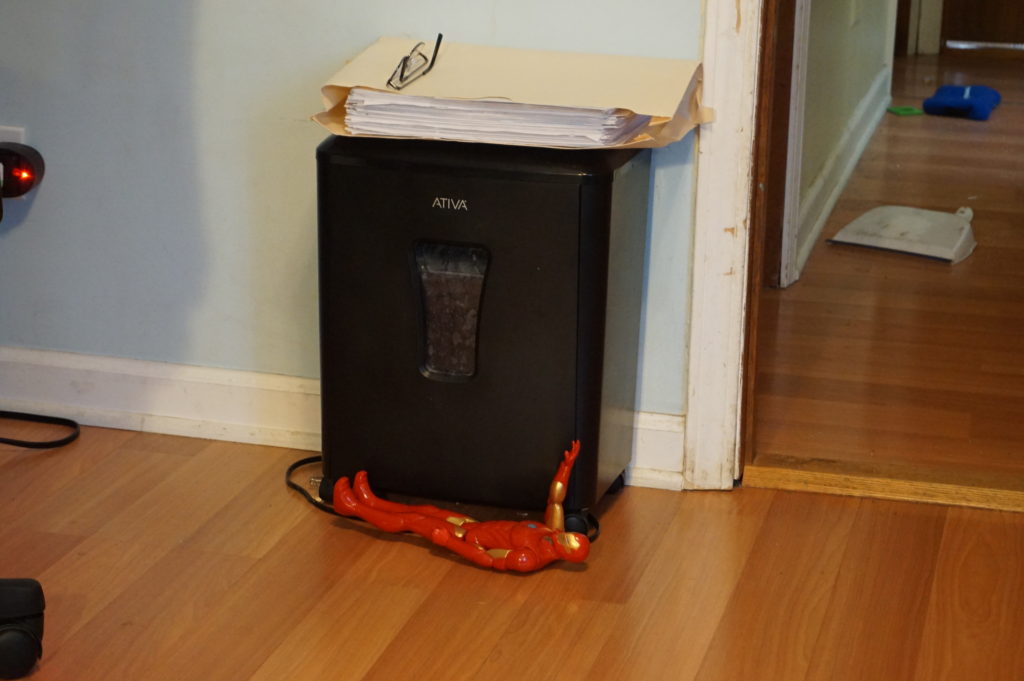
Like shredding. Yes, shredding. I decided some time ago that a lot of old financial records no longer needed to exist, and if they did, I could scan them into my laptop, then shred them. I’ve stepped up the schedule to two or three sessions per week, lasting up to a half-hour (the shredder needs time to cool off by then), and recently, I found a new use for all that shredded paper that the recyclers don’t want, which would have forced it into the trash bins. About three months ago, my wife arranged to adopt two guinea pigs from another family at our church. They became our grandson’s pets, and he is responsible for cleaning up, feeding, and entertaining them. They seem to need a supply of bedding in their cage, which needs regular cleaning, and it turns out that shredded paper is ideal. At least, that’s what Jean tells me, and I won’t question it because the convenience factor is so high. Here’s another bag! Fortunately, my schedule and years of avoiding the task of shredding have provided quite a backlog, so the guinea pigs should be well supplied for weeks to come.
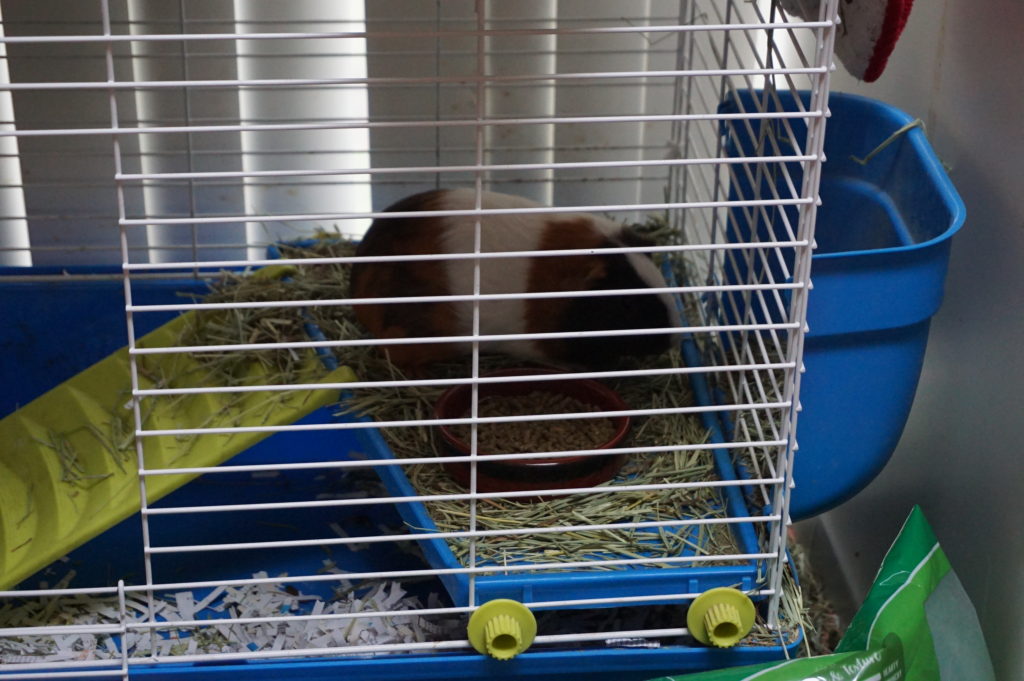
Then there are books. My mother, when she visited in years past, would ask what I wanted with so many books, though I must say they line the shelves neatly. They are not scattered everywhere. (I was tempted once to reply that I fried them up with salt and pepper for breakfast, but respect got the better of me.) Many have gone unread for lack of time. One at a time, I am reducing the backlog, and my intellectual curiosity remains well fed, perhaps even glutted, but learning is calorie-free, so I am unlikely to get a fat head. I make time every day. I also used to donate books I no longer wanted, but alas, the Salvation Army is not taking donations right now. I also use my Nook to download e-books, reducing clutter. The latest was John Barry’s The Great Influenza, about the 1918 pandemic, prompted by my wife watching his interview on a news show. You ought to get it, she said. Two minutes later, I had it.
Then there is my long-standing, never-got-started project of electronically storing all those photos I shot before I first acquired a digital camera. Merely writing that sentence proves I am a boomer. Beginning in the early 1990s, I sent numerous rolls of film to processors with the foresight to request copies on CDs in addition to printed photos. Because many of them pertain not only to family vacations and personal milestones but also to planning projects and disasters dating as far back as the 1993 Midwest floods, I have wanted to upload and catalog those stacks of CDs, but it will take time. Once I have done that, my photo inventory will expand enormously. If someone decides to write my biography after I kick the bucket, I will have left them a gold mine. In the meantime, I may use the newly accessible photos in teaching, in presentations, and who knows what else. What gems are hiding in your photographic closet? Heck, my wife just this week found an old, long-lost folder of baby and childhood photos my mother must have sent (probably years ago).
You get the idea. If you’re like me, you may have spare-time projects that could last you for years, long past the time someone will perfect a COVID-19 vaccine and tests that will get us past this public health crisis. The restrictions will end, and compulsive extroverts like me will inherit the earth. Or at least the big cities. When we can finally go to the ball game, and meet our friends for a big birthday party at an Italian (or Greek or Mexican) restaurant, will we ever find time to finish what we’ve started—if, like me, you are determined to get started?
Maybe not, but we can put a noticeable dent in the problem. Look, I’m just trying to keep you out of trouble and make you feel good. After all, they say that idleness is the devil’s workshop. Is that where you want to spend your time?
😊
Jim Schwab

